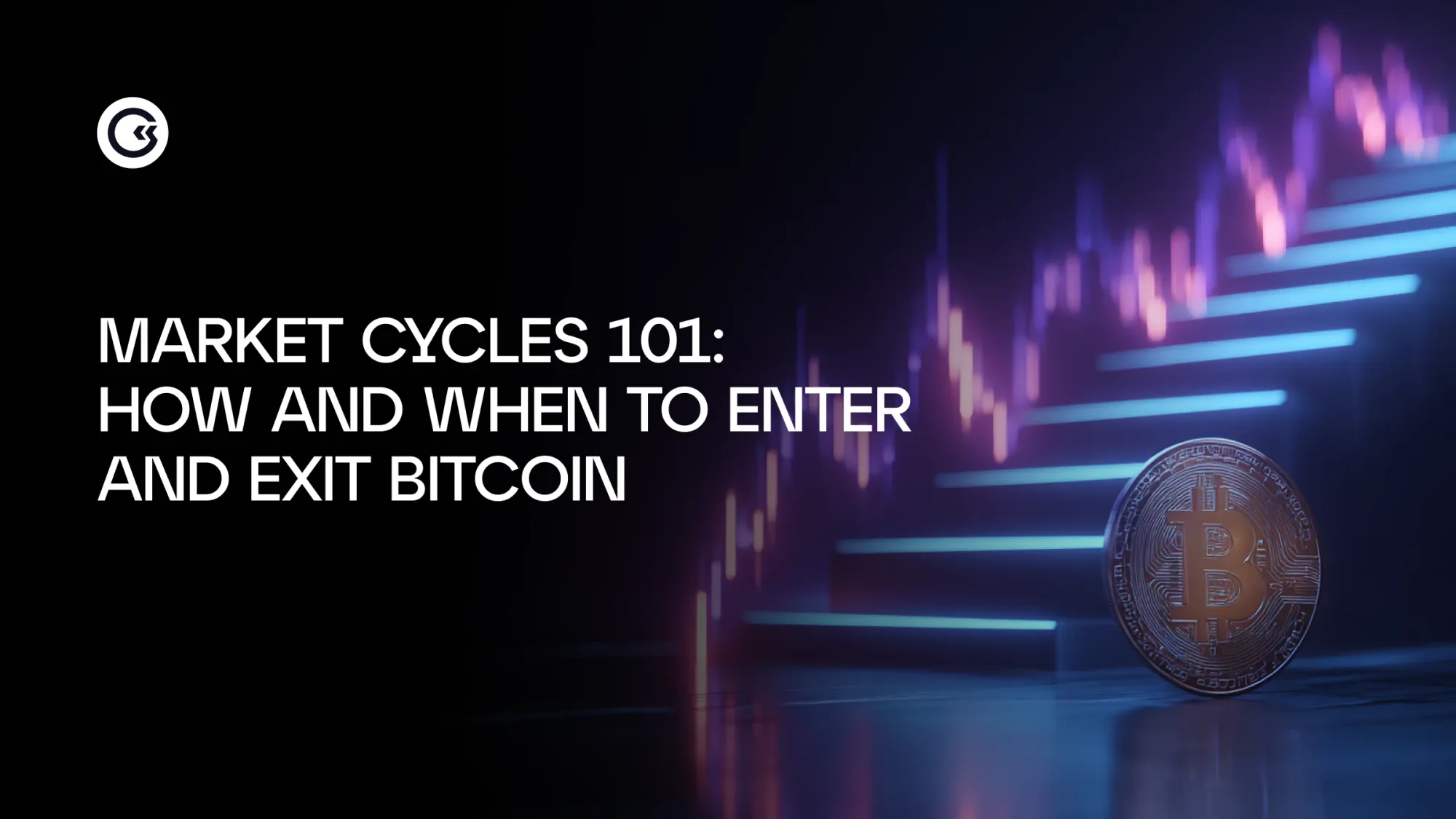Introduction
What is liquidity in crypto? It is the hidden force that decides whether your trade feels seamless or stuck. In traditional markets like stocks, bonds, or even cash, liquidity is so ingrained that people barely notice it. Stocks on major exchanges or government bonds are considered highly liquid because there is always a steady stream of buyers and sellers. By contrast, in crypto, liquidity can vary widely between assets and exchanges, making it less predictable — and that difference can decide if prices hold steady or swing wildly.
This single factor shapes how secure, usable, and attractive markets feel to participants. At its heart, liquidity comes down to three things: speed, stability, and accessibility. How those play out in crypto, and why they matter so much, is the story we will unfold next.
What is Liquidity in Cryptocurrency?
Liquidity is one of the most important features of any market, and in crypto it determines how functional and stable an asset feels. Understanding it requires looking at both the individual token level and the broader trading environment.
Asset Liquidity
This refers to the tradability of a single token, or how quickly you can move it without losing value. A token with high asset liquidity can be exchanged for another cryptocurrency or for cash with minimal impact on its price.
Market Liquidity
Market liquidity, in contrast, looks at the system as a whole: the depth of order books, the presence of buyers and sellers, and the overall trading activity that keeps prices steady.
In crypto, these two levels are tightly connected. When a token trades with low volume, even small orders can trigger sharp swings, while highly liquid assets like Bitcoin or Ether absorb trades more smoothly. This link explains why liquidity supports stability and builds confidence for participants.
Factors Affecting Crypto Liquidity
The level of liquidity in crypto is shaped by multiple forces, both technical and external. Examining these factors helps explain why some markets operate smoothly while others remain fragile.
Market Activity and Volume
An asset that changes hands frequently on active exchanges gives participants confidence that their orders will be filled at fair prices. Low volume, by contrast, signals that even small trades may distort value.
Listings and Trading Pairs
Assets available on multiple platforms with a wide range of trading pairs, such as BTC/USDT or ETH/EUR, attract more participants and create deeper order books. Liquidity often concentrates in a few large exchanges, making delistings or outages there especially disruptive. Stablecoins also enhance liquidity by serving as common base pairs.
Role of Market Makers
Liquidity providers and market makers stabilize conditions by continuously placing buy and sell orders. Their activity narrows spreads and helps markets remain functional during periods of stress.
External Influences
Regulation, institutional adoption, and demographic participation all matter. Clear frameworks invite more activity, while uncertainty limits it. Retail traders spread volume across regions and time zones, contributing to round-the-clock liquidity.
The way these factors combine determines whether an asset trades with the stability of a global currency or remains vulnerable to disruption.
Measuring Liquidity in Crypto Markets
Liquidity cannot be captured in a single figure. Instead, it is evaluated through a set of indicators that reveal how well a market can absorb trades and maintain stable pricing.
Order Book Depth and Spreads
Thick layers of buy and sell orders show that an exchange can handle activity without sharp moves. Bid-ask spreads also matter: narrow gaps suggest strength, while wide ones indicate risk.
Slippage
Slippage is the gap between the expected and actual execution price. In deep markets, it stays low even on large trades.
Ratios and Rankings
Liquidity ratios and professional rankings compare assets across exchanges, weighing not only volumes but also execution quality. They help filter out inflated numbers caused by wash trading.
On-Chain Indicators
Tracking token flows across wallets, pools, and exchanges adds further context. These metrics highlight whether liquidity is broadly distributed or concentrated in a few venues.
Viewed as a group, these indicators give a practical sense of market resilience and help participants judge whether orderly entry and exit are possible.
Liquidity Pools and DeFi Innovations
Decentralized finance changed the way markets handle liquidity. Instead of waiting for a traditional order book to match buyers and sellers, Automated Market Makers (AMMs) let traders swap tokens directly against liquidity pools. These pools are collections of assets locked by users, who earn fees in return for making trades possible.
On decentralized exchanges, this system ensures that even obscure tokens can find a market without relying on centralized intermediaries. Yield farming added another twist by rewarding people who contribute assets to pools with extra tokens. These incentives encourage more participants to provide liquidity, which expands the size and depth of pools. Staking strategies often overlap, since users may lock tokens to both secure networks and earn pool rewards, reducing the circulating supply on exchanges and influencing market liquidity.
Still, these innovations come with risks. Impermanent loss (a temporary loss compared to just holding the asset) can erode earnings if token prices move sharply. Smart contract vulnerabilities also remain a concern since funds are locked in code rather than banks. Despite these risks, DeFi liquidity systems have shown resilience so far, offering speed and accessibility while expanding participation in crypto markets. They highlight how technology can build markets that are not only functional but also community-driven.
Why Liquidity Matters for the Market
Liquidity is more than a convenience. It is what makes price discovery possible. When a market has enough buyers and sellers, trades reveal the real value of an asset instead of being distorted by one or two large orders. This efficiency keeps prices aligned across exchanges and reduces the chance of arbitrage gaps (buying and selling the same asset in different places to profit from price differences).
Liquidity also cushions markets during large trades. A hedge fund selling millions of dollars’ worth of Bitcoin in a liquid market moves the price only slightly, while in a thin market the same trade could trigger a cascade of losses. For everyday participants, liquidity builds confidence. Retail users want to know they can buy or sell quickly, while institutions look for depth that can handle their scale without drama.
Its importance can be summarized in four ways:
- Ensures fair and transparent price discovery
- Reduces volatility from large or unexpected trades
- Builds confidence for both retail and institutional participants
- Supports resilience during high-stress events
This resilience is especially critical during crashes and liquidations. In leveraged markets, rapid sell-offs can overwhelm thin order books, turning a normal correction into a sharp collapse. Deep liquidity acts as a buffer, slowing down these spirals and limiting the spread of failures across platforms. In short, liquidity is the glue that keeps crypto markets usable, fair, and resilient when it matters most.
Case Studies & Rankings
Comparing assets across categories shows how liquidity varies within crypto. The differences between Bitcoin, Ether, and smaller tokens illustrate the range.
High-Liquidity Assets
Bitcoin trades on nearly every exchange, with order books capable of absorbing institutional flows. Ether also benefits from strong liquidity, particularly in DeFi where it is often the base asset in pools.
Lower-Liquidity Assets
Mid-cap and niche tokens typically have thinner books and fewer pairs. Market data providers now rank assets not just by volume but by spread, execution quality, and exchange coverage. These rankings are useful because high reported volumes can mask poor execution or limited exchange presence. Institutions rely on these metrics to decide which markets can accommodate large trades without disrupting prices.
Liquidity Crises
Past market events highlight what can happen when liquidity disappears. In March 2020, during “Black Thursday,” Bitcoin’s price dropped sharply in hours as buyers vanished from order books. In 2022, the collapse of FTX drained liquidity across multiple venues and showed how concentration of order flow in a single exchange could destabilize the market.
Stablecoin pairs, which are usually considered reliable, saw spreads widen dramatically during this period, making conversions costly and uncertain. Market history shows that liquidity must be tracked as closely as price, because trading conditions can deteriorate rapidly during stress.
Risks and Challenges of Crypto Liquidity
Liquidity supports efficiency when present, but its absence reveals the most vulnerable points in the crypto market. Recognizing these risks helps explain why stability is not guaranteed.
Markets with limited liquidity are especially vulnerable, often turning into arenas for pump-and-dump schemes that inflate prices before collapsing. Fragmentation across exchanges also creates inconsistencies, as the same token may trade at different prices depending on location. Arbitrage activity narrows those gaps, but only when depth is sufficient.
Regulation plays a double role. Clear policies attract participants, but sudden changes or enforcement actions often trigger capital flight. Regional variation adds complexity: U.S., European, and Asian markets each apply different rules, which can fragment liquidity and limit cross-border activity. Custodial risks amplify the issue. When exchanges freeze withdrawals or face insolvency, liquidity for affected assets can vanish instantly.
Low-liquidity assets often carry secondary risks that compound the problem. Fees on thin markets are typically higher, settlement can be slower, and market data is less reliable due to small sample sizes.
During stress, these issues make it harder to evaluate true conditions and increase the cost of trading. Such risks highlight the importance of knowing where liquidity is concentrated, how quickly it may disappear, and what protections are in place.
The Future of Liquidity in Cryptocurrency
Liquidity in crypto is likely to deepen as new players and tools reshape the market. Institutional entrants, including funds and exchange-traded products, are already adding steady flows that smaller traders alone cannot sustain. Their presence brings scale and consistency, qualities that cushion markets from sudden shocks. ETFs in particular are important because they connect digital assets with traditional capital markets, attracting participants who require regulated vehicles to enter the space.
At the same time, the balance between centralized and decentralized liquidity continues to evolve. Centralized exchanges still provide the deepest books, but decentralized protocols keep expanding with innovations that make participation easier and more transparent.
Another frontier is the integration of tokenized real-world assets (traditional assets like bonds or real estate represented on blockchain) into digital marketplaces. These assets could connect crypto liquidity to established financial systems, giving participants more ways to trade and diversify portfolios. If adoption accelerates, tokenized RWAs may create bridges between markets that currently operate in isolation.
Finally, the role of technology is set to grow. AI-driven liquidity management tools are being developed to predict order book stress, rebalance pools, and reduce inefficiencies before they ripple through markets. These systems may monitor indicators like unusual spreads, sudden outflows from wallets, or changes in pool depth, and act before conditions deteriorate. Automation matters in crypto because markets never close, and human monitoring alone cannot keep pace. This evolution suggests a path toward deeper and smarter liquidity, blending human participation with automated systems to create markets that are more resilient and inclusive.
💡Earn Bitcoin While You Learn
Access real mining power backed by real machines.
Pick your virtual miner, set energy preferences, and receive daily BTC rewards.
👉Start earning Bitcoin at gomining.com
Conclusion
Liquidity is the thread that keeps crypto markets functioning. It determines whether trades reveal fair value, whether prices remain stable under pressure, and whether participants feel safe entering or exiting positions.
Throughout the market’s history, liquidity has signaled both strength and fragility, showing why it deserves constant attention. Looking forward, deeper participation from institutions, the growth of decentralized solutions, and new connections to real-world assets suggest a path toward stronger and more transparent markets.
As technology refines how liquidity is managed, the outlook is one of broader access and greater resilience. For anyone navigating digital assets, recognizing the role of liquidity is less about theory and more about understanding how markets truly work today, and where they are headed tomorrow.
Further Reading
- Liquidity in Cryptocurrency – Corporate Finance Institute (CFI)
- Crypto Liquidity Explained – Caleb & Brown
- Liquidity and Asset Prices in Emerging Markets – ScienceDirect
- Crypto Asset Liquidity Ranking – Kaiko
- Liquidity Demographics for Crypto Asset Trading – S&P Global
- What is Crypto Liquidity? – B2Broker
- Liquidity and Market Efficiency – ScienceDirect
- Kraken Exchange – Liquidity Features
- What is a Liquidity Pool? – Gemini Cryptopedia
FAQ
What does liquidity mean in cryptocurrency?Liquidity describes how easily a digital asset can be exchanged for cash or another token without moving the price too much. A liquid market has plenty of buyers and sellers, so trades happen quickly and fairly. An illiquid market feels like trying to sell in an empty store: you may need to drop your price a lot just to find someone willing to take the trade.
How do you measure liquidity in crypto markets?Liquidity is often measured through indicators like trading volume, bid-ask spreads, and order book depth. Narrow spreads and high volumes signal a healthy market. Analysts also track slippage, which is the gap between the expected and actual execution price of a trade. On-chain data adds another layer by showing how tokens move between wallets, exchanges, and pools.
Why is liquidity important for traders and participants?Liquidity reduces the friction of entering and exiting positions. For retail participants, this means the confidence that small trades will not cause sudden swings. For institutions, it ensures that large orders can be executed without shaking the market. In both cases, liquidity supports price discovery and helps prevent panic during stressful market events.
What is the difference between liquidity and volatility?Liquidity refers to market depth and ease of trading, while volatility measures how much prices move over time. The two are connected: when liquidity is thin, even small orders can create outsized volatility. In contrast, deep liquidity helps absorb orders and smooth out price swings, leading to more stable markets.
How do liquidity pools work in DeFi?Liquidity pools are smart contracts that hold pairs of tokens. Users contribute assets to these pools and earn a share of the trading fees when others swap tokens against them. Automated Market Makers set the exchange rate based on pool ratios. While pools make markets accessible, contributors face risks like impermanent loss and smart contract bugs.
Which cryptocurrencies are the most liquid in 2025?Bitcoin and Ether remain the most liquid assets, traded across almost every exchange with deep order books. Popular stablecoins like USDT and USDC also rank high in liquidity, since they are widely paired against other tokens. Major altcoins can be liquid on top exchanges but may feel thin or unstable on smaller platforms. Always check spreads and volumes before trading.
What risks are associated with low-liquidity assets?Low liquidity leaves markets vulnerable to manipulation, such as pump-and-dump schemes. It can also mean higher slippage, wider spreads, and difficulty exiting positions during downturns. For beginners, this can translate into unexpected losses. The safest approach is to review market data first, confirm that an asset has consistent trading activity, and test small trades before committing more.
October 7, 2025













